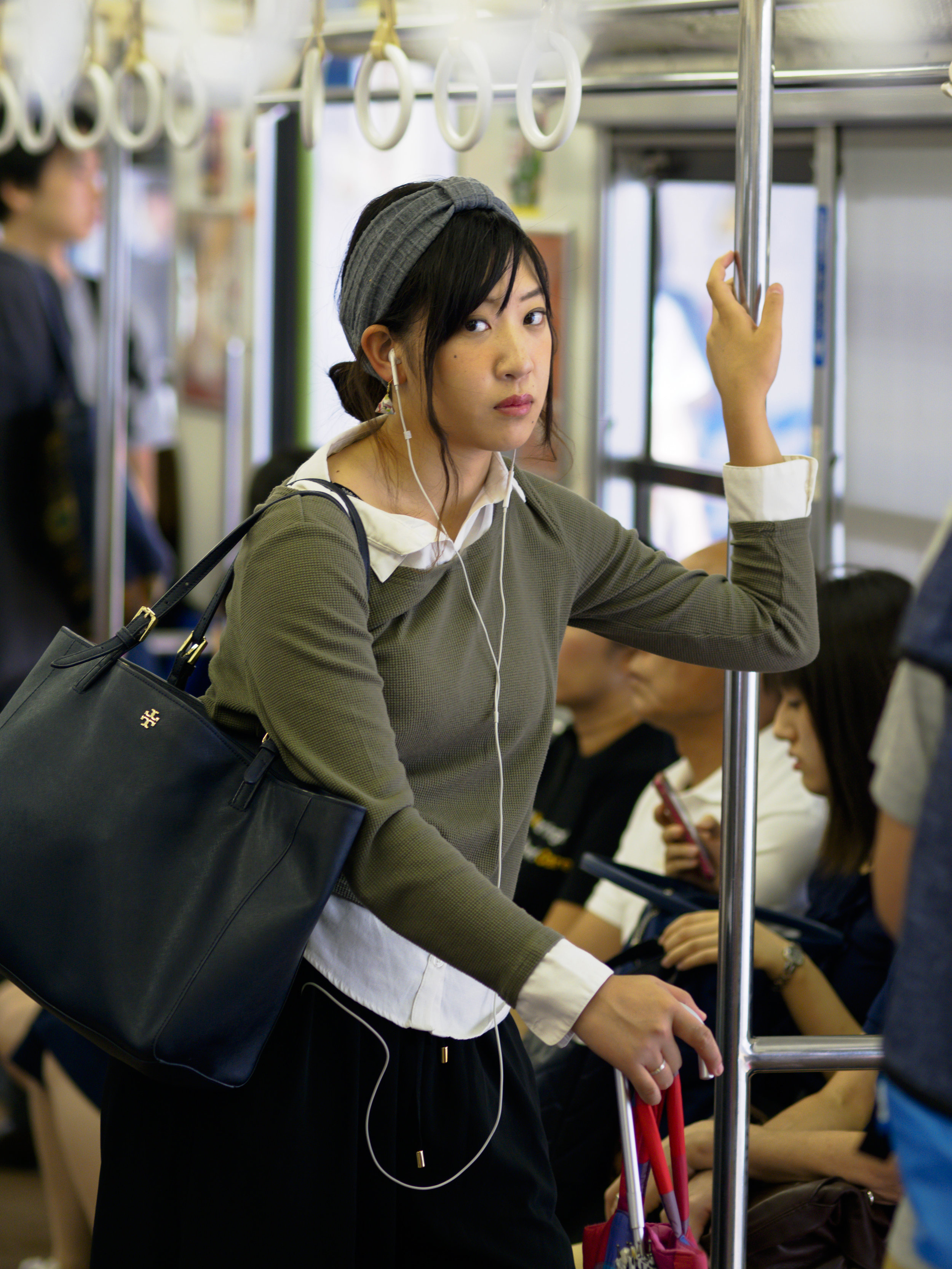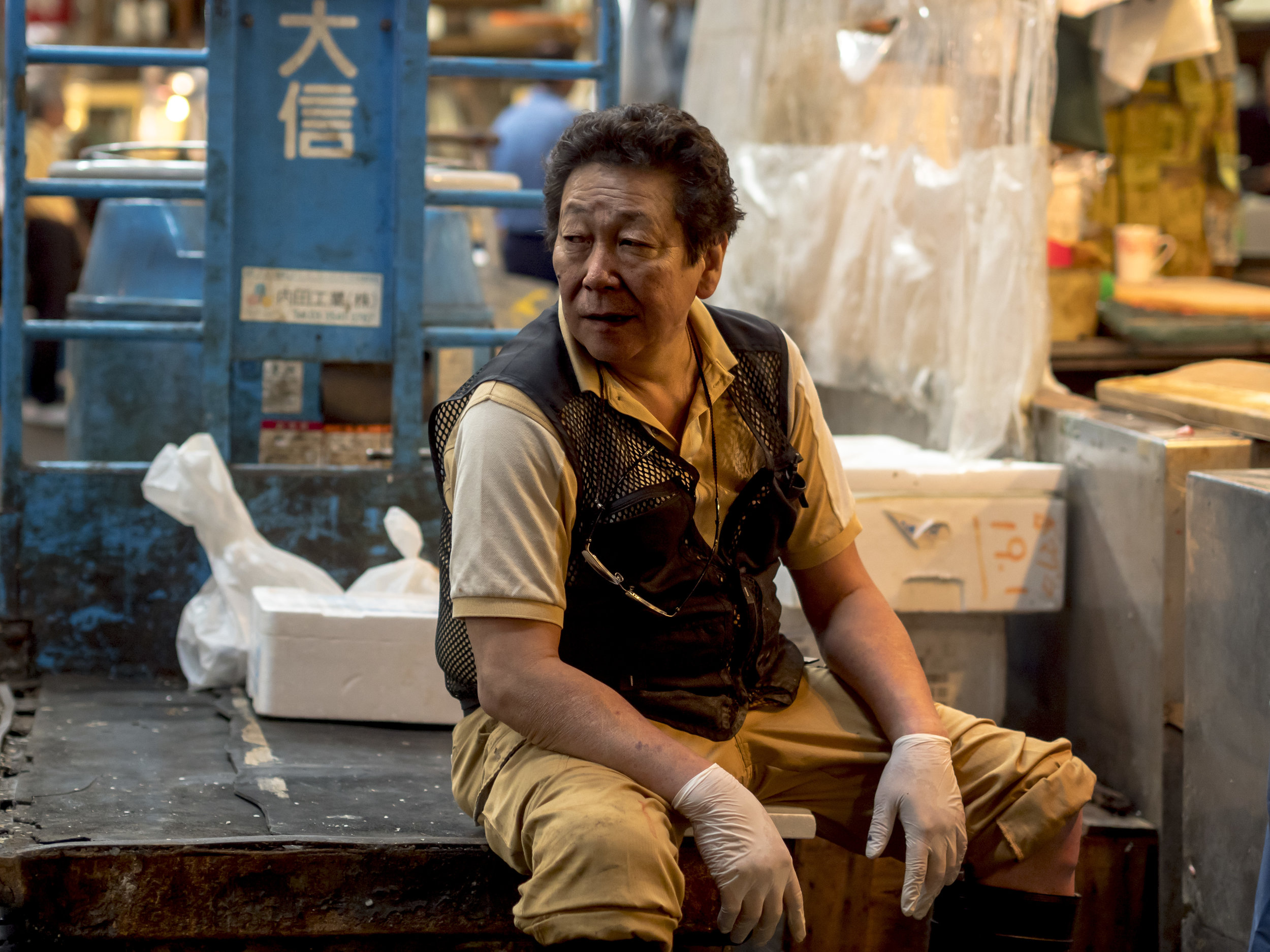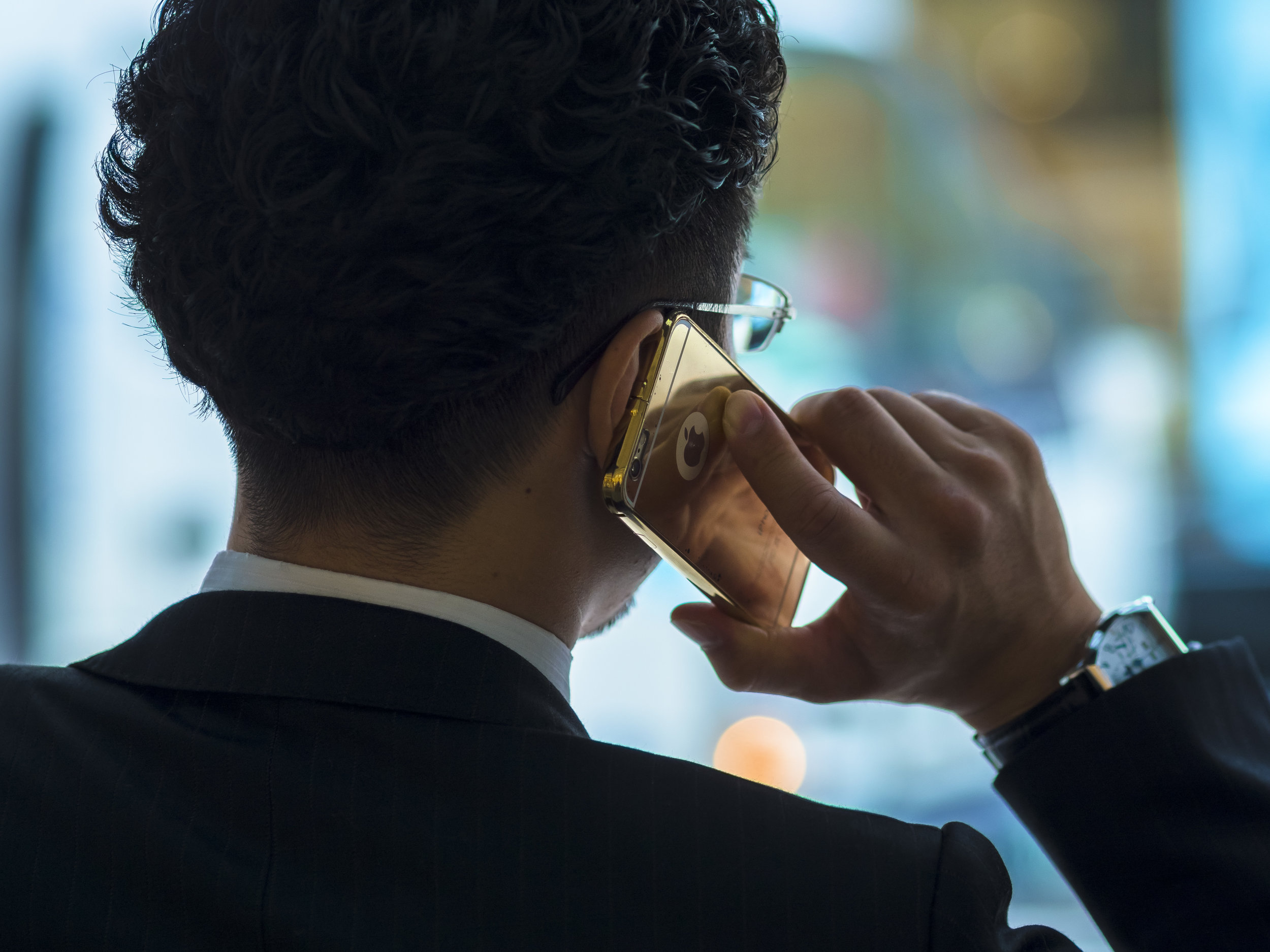This is a fun and totally self indulgent set of posts, basically about me thinking out aloud about different applications for my embarrassingly over sized kit. There is nothing scientific or even that useful about these posts, but they take me back years to when I perused magazines looking for any little insight into the lives of the photographers I followed (in the buy the book, read the magazine sense, before the internet).
First up;
“If I were a street photographer, what would I pack?”
This is an easy one, because I already do this.
Now a pure street kit s a little different to a light travel kit because you are probably nearer your base of operations and you are also very target specific. The trick with street shoot (I have found), is to keep it simple and comfortable. I would rather two primes mounted on cameras set up best for each lens than a zoom, simply because it keeps the focus on specific, known view points, not a larger range of more confusing compositional options. The be a little clearer, I would rather have to compose within the limits of a lens’s single coverage choice and perspective than add in the slower and more particular option of “perfect” composition. There is simply not much more time often the see/recognise potential- raise/compose and shoot. Adding zooming for best fit would rob you of precious seconds in the process.
I suppose this is still possible with a zoom (and I will probably try it next trip to Japan), but there will need to be some self imposed restrictions on zooming to a known focal length before, not during the shot.
See-point-shoot. All done is a split second. Adhering to the “life in motion/invisible observer” school of street photography, stopping, zooming and framing are simply impossible. Ideally i go completely unnoticed, or at worst the subject(s) may be aware of my presence, but are not offended by my intent and most importantly, I get to see the “unguarded moment”.
The simplest of kits.
2 OMD EM5’s as much out of operational comfort as loyalty to their efforts over the years. The flip up screen is vastly more useful than the flip and rotate type when shooting from lower angles and the AF is still top notch. They also owe me nothing, so risk is minimised.
Camera “A” would be on a 60” Gordie strap and hanging cross-body to my right hip (I am right handed), ready to be grabbed and used at any height. It would be set to Manual focus and about 2m, Shutter priority (1/250 or higher as light allows) and limited auto ISO (400-1600), with the 17mm attached.
This lens has a known Bokeh benefit, rendering better/longer transition for street grabs, making it useful even at f1.8 in low light using “guestimation” focus or it’s lightning fast AF. This is as wide as I like to go with street lenses. It allows for good coverage without too much distortion, especially when shooting from lower angles.
I am very comfortable with this lens in every way and can now usually get the angles and coverage right by judgement.
I have experimented with the 25mm in this role and some of my favourite images have come from using it, but the tighter coverage more often than not cuts something out and the Bokeh is very in/out or short transition in the modern way, so it punishes focussing mistakes. It is small, light and sharp, so it usually ends up in a bag just in case, but for street it has become an emergency lens only.
Two rare occasions where the slightly tighter and more compressed 25mm worked well, on Osaka’s wide main streets.
*
The “B” body, with a 45mm mounted is in the left hand, with a left hand wrist strap, leaving the right hand at the ready. It is set for centre point/face detection AF. I can literally raise it and shoot in one action (yep they are that quick). It’s perspective and magnification are very natural to the eye, so you get what you expect. I even find it excels at wrist-flick grab shots.
If distances are greater, or respect for privacy is more crucial, I switch the 45 out for the 75mm. Although a little long for street, this lens never ceases to surprise. The extra separation is a double edged sword (the 45mm is gentler with it’s transitions as well as naturally less aggressive in it’s perspective), but as a candid portrait lens it has few equals.
The bag* , needs to be comfortable, low profile, easy access (no zips or velcro) weather resistant and understated. The bag is really only important for getting from a to b, as gear readiness is at a premium when doing street photography, but if the need arises for packing up and moving fast on or a quick gear change, there is no time to fiddle.
*usually an olive rugged-ware Domke F3x at home* or a Filson Field Camera bag or Tokyo Porter sling bag as the occasion/gear requires and there is a Think Tank Turnstyle 10 on the horizon.
Lots of batteries, a note pad, spare cards, a snack bar and water if warm, then all is done.
That was fun. I love looking through other photographers bags and hearing their techniques and hard learned pointers, so sharing mine I hope helps someone else.
What would I use if not this kit? This is a tough one. With access to most cameras at the shot, I would, if pressed, probably just go with the Panasonic equivalent (2x GX#, 15, 42.5 cheap, 35-100). The other option would be Fuji (2x XT100 because the sensor plays nice with Adobe and I think from memory the screen flips back, not out., 23 f2, 45 f2, 90 macro).
More to come.












